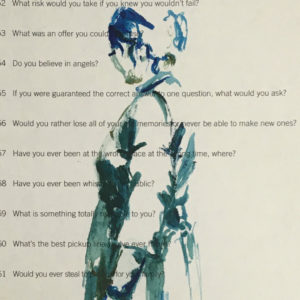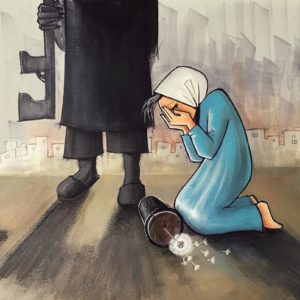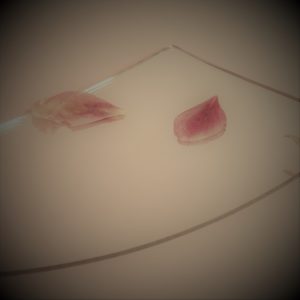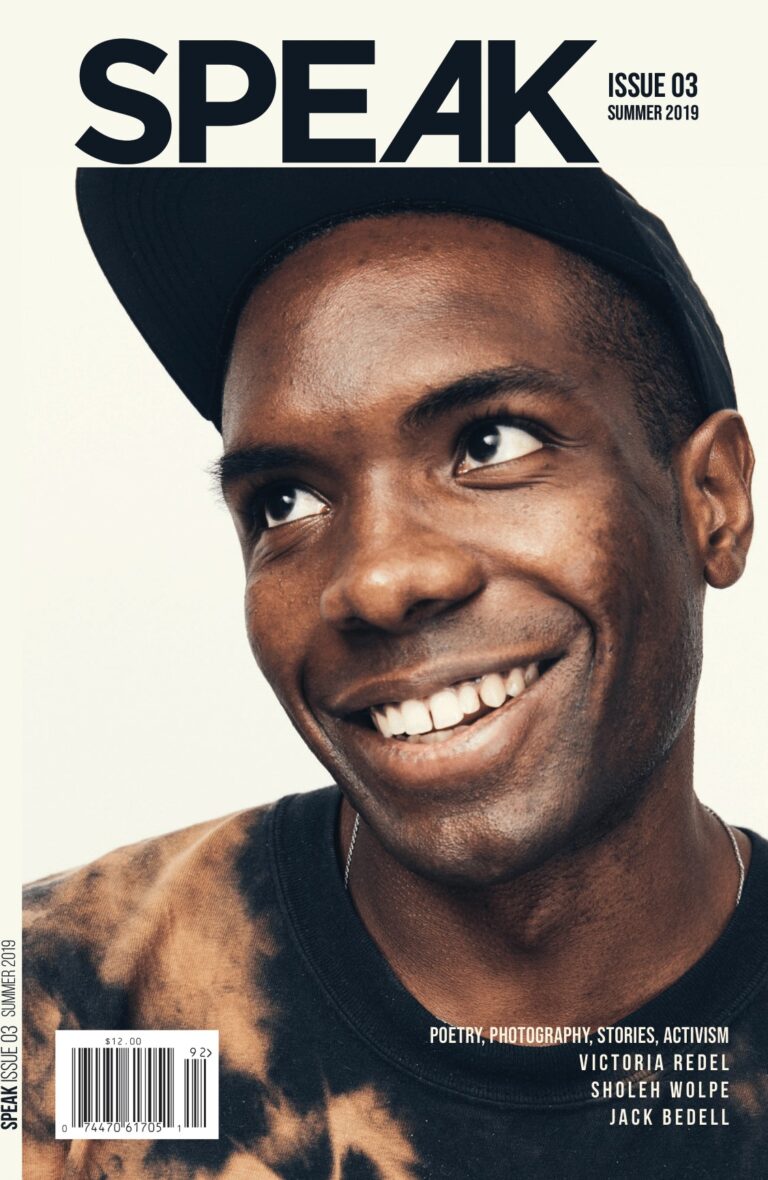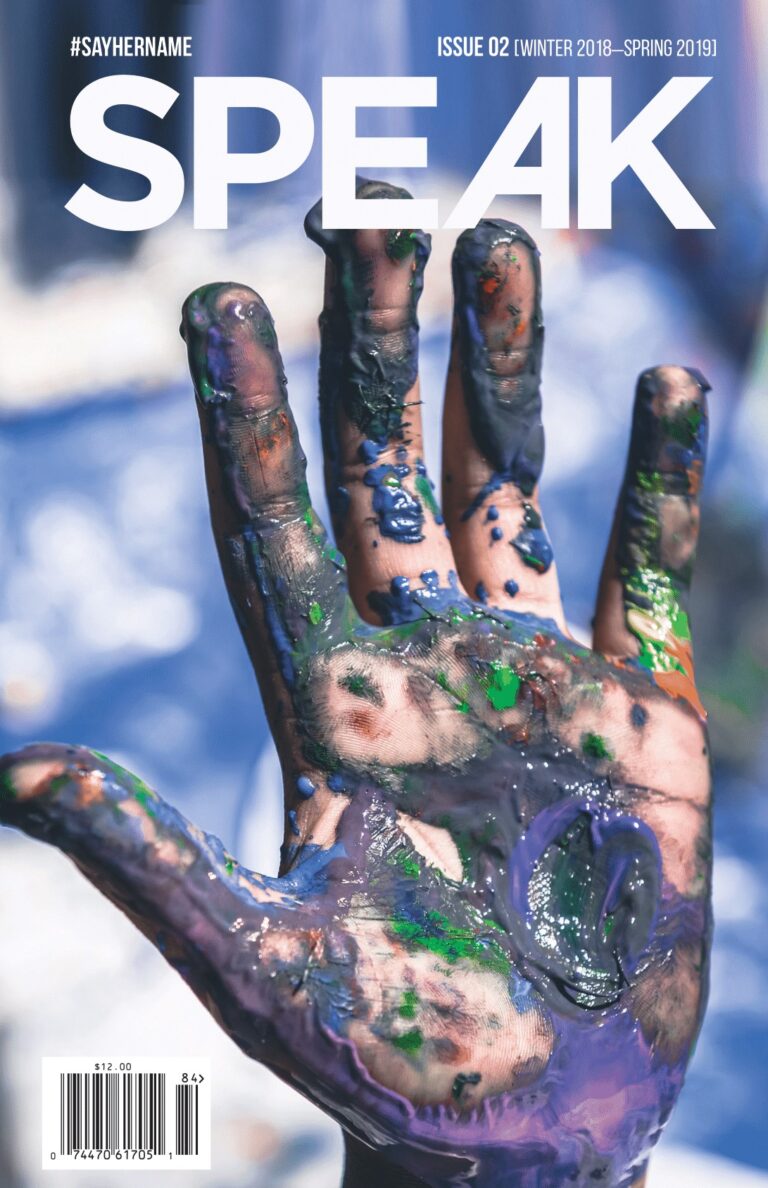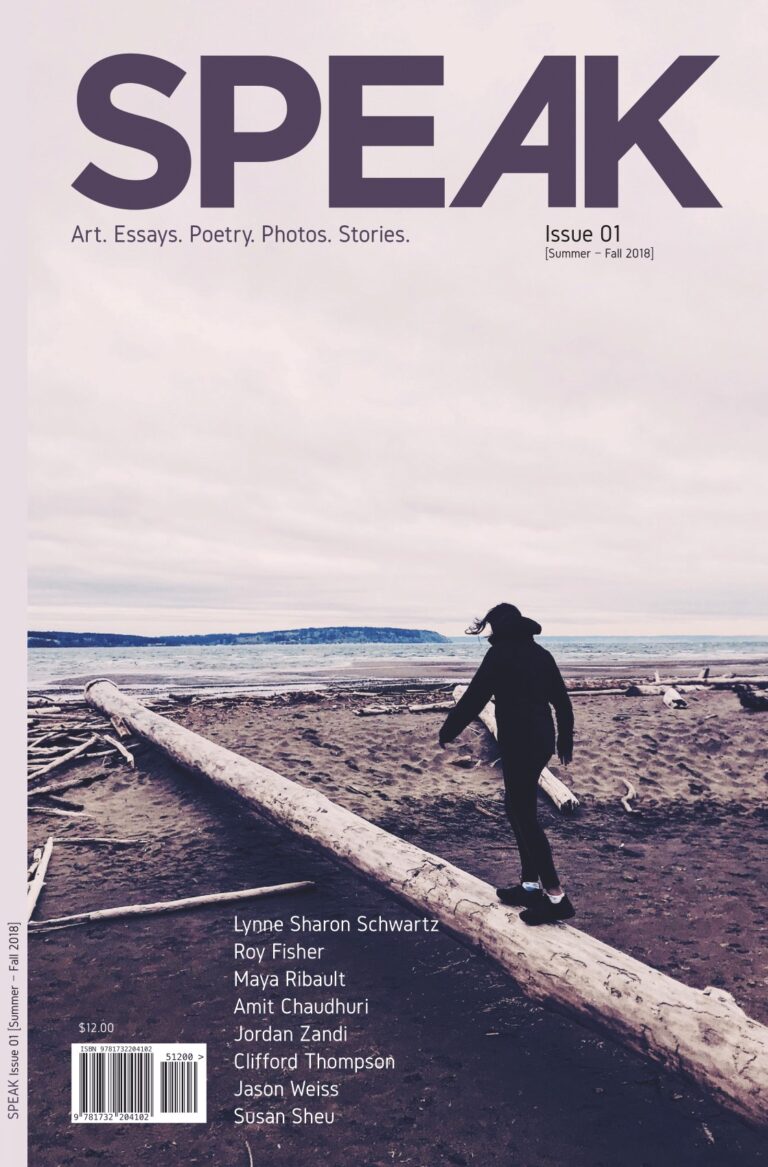
Writers Building, Kolkata. dreamstime.com
Three Generations of Unruly Imagination
by Saikat Majumdar
As a child in Calcutta, I loved to draw. I had the habit of copying images from story books—there was a big red book of Ukrainian folk tales, as well as Bangla translations of classics from all over the world that came with evocative illustrations. But somewhere around the time I started to read more and to think about writing, I began to get lost in each story itself, forgetting about the paintings. In a strange way, the abstraction of words seduced me away from the concreteness of images.
I did not think I was making a choice. At some level, I was just being lazy, moving from the labor of creation to the passivity of consumption, and it would be quite some time before I started actively creating through words. Now that I look back on this habitual sloughing of artistic labor, it becomes difficult to ignore an education that privileged language over image, the abstract over the concrete. Most schoolwork required words; maps and globes and diagrams felt like study aids but not the real thing. Between the verbal language of the humanities and the social sciences and the symbolic language of mathematics, the immediacy of the visual got easily lost in a pre-digital era school curriculum.
This passage from the immediate and the external to the abstract and the internal is also often imagined as one of the narratives of aesthetic modernity. The European Enlightenment, prioritizing the mind over the body, privileged the abstract over the concrete and the theoretical as a tool of mastery over the experiential, creating new disciplines in the social sciences as well as a new technology of aesthetics for the art form most affected by this change—literature. As we know, in real terms, this meant the wider spread of print for the word that was, until then, primarily popular in the realm of the sensory and the performative. From the noisy stage and its rowdy groundlings, from the drunkenness of mead halls and minstrels, there was a shift to the bourgeois sobriety and quiet solitude of reading.
The bitterly contested entity called colonial modernity nurtured a similar sprouting of print in British India. Though the first printing press was set up in Goa in the mid-sixteenth century, it was the nineteenth century that saw widespread flourishing of printing establishments across the country: Gazette Press in Calcutta and Delhi, Nawal Kishore press in Lucknow, Mumbai Mudranalaya in Bombay, Orphan School Press in Mirzapore, Cawnpore Lithograph Press at Cawnpore, Indian Press in Allahabad – these pioneering institutions were set up through the various decades of the 19th century. Given the ideological commitment of the British Empire to the soft power of imperialism, the printing of school books played a key role. Established in 1817, the Calcutta Book Society sought to reprint science textbooks printed in Europe, and by 1820, the Baptists claimed to have printed over half a million school books in various regional languages.
But the spread of print and European education was not the only tinder in the violent sparks of modernity that were to appear in India throughout the century. The Bengal Renaissance also possessed many aspects of the European Enlightenment. Pioneering social reformers who brought about revolutionary change in society, including the prohibition of widow-burning and the introduction of remarriage for widows – notably Raja Rammohan Roy and Iswar Chandra Vidyasagar – were in direct or muted conversation with the thoughts of Jeremy Bentham, John Stuart Mill, and William Blackstone. And when it came to literary form, Bankim Chandra Chattopadhyay entrenched the modernity of the Renaissance by creating the novel, initially with his unsuccessful English novel, Rajmohan’s Wife, and subsequently, with his long and rich career as the pioneering novelist in Bangla.
The printward turn of the word and its large-scale consumption by the middle class, too, shaped colonial modernity and gave important life to forms such as the novel and the short story. The great success of Vidyasagar’s Bangla primer, first published in 1855, indicates contemporary directions of mass literacy that shaped the ensuing popularity of printed literary forms meant for the private act of reading. But literary history is no history of literature but for breaks, disruptions, and anachronisms. The literary modernity of the Bengal Renaissance was also defined by the epic ambitions of Michael Madhusudhan Dutta and his grand and powerfully realized ambition to retell the story of a demonic anti-hero from The Ramayana in the form of a Miltonic epic. And there is the genius of Rabindranath Tagore, which, while pioneering genres of print modernity such as the short story, vibrantly refused to stay confined within the quiet solipsism of the printed word, bursting through every art form imaginable – songs, plays, dance, painting, and a range of other visual and performative genres.
***
Nowhere is the narrative of print modernity more wonderfully muddled than in the zigzag, 150-year trajectory of three generations of Rays: the writer, illustrator and printer Upendranath, the poet and sketch-artist Sukumar, and the filmmaker, writer, and illustrator Satyajit. They reveal a rare form of intergenerational creativity that blazes through almost all genres of imagination that rhymes and messes with the historic evolution of technology and its changing relation to diverse forms of art.
The third Ray, Satyajit (1921-1992), winner of an Honorary Academy Award for Lifetime Achievement in 1992, is the best known beyond the limits of the Bangla language that shaped all three. Beginning with Jean Renoir, whose work in Calcutta marked was one of the youngest Ray’s early influences, his network of mutual interaction extended to Ingmar Bergman, Stanley Kubrick, Akira Kurosawa, Federico Fellini, and Stanley Kubrick, among others.
Personally for me, a Ray film is a visual and auditory equivalent of high-modernist poetry or fiction – more than its narrative temporality, the atmospheric evocation of scene and sound is what makes it so memorable – an impressionist arrangement of visceral realism. His first – and in some ways, the most famous – film, Pather Panchali (The Song of the Road, 1955), remains with me as an endless series of unforgettable paintings, of poverty and tenderness in a remote Bengal village, of the veined and wrinkled skin of an old woman, of the purity of wonder in the faces of a village boy and girl at their first sight of a railway engine. A flock of pigeons suddenly splatter by the Ganga river, indicating the death of a key character. The poor provincial schoolboy Apu inspects a globe with intimate attention, revealing his dreams of world travel. These scenes crystallize Ray’s interpretation of the classic novels of Bibhutibhushan Bandopadhyay (which make up the celebrated Apu trilogy) while also becoming internationally recognized achievements in the history of film.
But the Rays’ intergenerational creativity goes far beyond Satyajit’s cinematic brilliance and is particularly apparent in the popular children’s novella, Goopy Gyne Bagha Byne (“Goopy the singer and Bagha the drummer”), written by Upendrakishore (1863-1915). The story was first serialized in a 1915 issue of Sandesh, the magazine published by the Ray family in Calcutta, along with Upendrakishore’s own illustrations, which Satyajit recreated when the story was reprinted in the magazine in 1961.
The film treatment of the novella is now available in an aptly titled volume, 3 Rays, recently published by Penguin India to celebrate the birth centenary of Satyajit Ray, containing a selection of works by all three Rays, translated into English by the youngest Ray. Upendrakishore’s illustrations, of the ghosts and other madness that populate the story, have the characteristic touch of the absurd that runs through his work and culminates in the iconic nonsense verse of his son Sukumar (1887-1923). The sketches by Satyajit, that accompany his film treatment, have a marvellous quality – casual yet determined, laughing yet dead serious. For those of us who remember our childhoods through this film, looking at these sketches, we now know where the ghosts came from, the spiky, mischievous nature of their dancing bodies, even the lights that blinked in the darkness on screen. In Satyajit’s hands, the original story gets a second accompanying cinematic tale, Hirak Rajar Deshe (“In the Land of the Diamond King”), a Swiftian parody of power, politics and corruption rendered as a children’s film musical. The filmmaker’s pencil sketch of the prison, a childlike contrivance of angular strokes, evokes the lyrical fear that has trapped multiple generations of children and young adults who have watched the film.
The reimagination of the literary happens not just through the visual but through the musical, too. Music in Ray’s films is a universe of its own; the tunes produced by Pandit Ravishankar in the Apu films have a beauty and melancholy that accentuate Ray’s film and Bandopadhyay’s novels. Ray’s cinematic genius, in this sense, offers a 20th century extension of Rabindranath Tagore’s divergent multi-sensory imagination that straddled across the printed word, the sung music and poetry, performed play, diverse art, sculpture, plant and garden imagination, and the philosophical and architectural conceptualization of an entire ashram-university.
The staggeringly diverse range of artistic contributions made by the Ray family is enabled by their key role in the ushering of print modernity in Bengal. But instead of limiting them to the verbal texture of literature, such a role became the very condition of their multimedia imagination. Driven by the need to ensure that the illustrations that he did for children’s stories and retellings of folk and mythological tales were of high quality, Upendrakishore introduced modern print blockmaking in South Asia. He went on to set up U. Ray and Sons, which eventually developed into one of the finest printing presses in early 20th century India, publishing, among other things, the popular family magazine Sandesh. Upendrakishore’s stories, beloved by succeeding generations of young readers, occupy a tender and moving space between the folk, the mythical, and the writer’s own personal imagination, such as those of the sweet tuntuni bird and his rivalry with an arrogant king, or that of the crafty cat Matanjali Sarkar, who deceives animals far more powerful than him.
***
Notwithstanding the taxing burden of colonial modernity, anticolonial resistance and postcolonial development that history carried around the three generations, a strong sense of the absurd runs through the work of all three Rays. Or perhaps it becomes clear that the aesthetics of ridiculousness owes its very energy to the intensity of history around them. While the absurd colors the fiction of grandfather Upendrakishore and grandson Satyajit, it is in the poetry and prose of the middle Ray, Sukumar, that it finds its most memorable life. Even though they have invited repeated comparisons with Lewis Carroll and Edward Lear, Sukumar is more committed to language than either, affirming that it is language that indeed makes reality, and not merely the other way around.
Like all great nonsense poetry, Sukumar’s unforgettable verse masks sharp satire – whether that of outlandish variations of colonial hybridity in his creation of fused animals such as the Porcoduck (porcupine + duck) or the Whalepant (Whale + Elephant), of monarchical and administrative whims in “The King of Bombardia” or “Odour in the court,” or a mockery of the Indian obsession of caste and lineage in “Groomy Tidings.”
The lore of “The Sons of Rangaroo” evokes a side-splitting laughter that is in the end, deeply philosophical. This is about a species of beings who are fiercely possessive of their melancholy in a way that might have given Robert Burton serious fodder for thought:
“Those of who you’re jolly
And feel to woe is folly
Must not refuse the Rangaroos
Their right to melancholy
The Rangaroosian lair
Bereft of sun and air
Is doomed to be a monastery
Of permanent despair.”
The absurd and the real, we know, are not opposed to each other. Their relation, rather, is dialectical. Realism forms the core of Satyajit Ray’s films – whether he is portraying rural poverty in Pather Panchali, Calcutta in churn through the novels of Sunil Gangopadhyay and Shankar, his own adaptation of Ibsen’s An Enemy of the People – or the unforgettable women of Rabindranath Tagore and the evocation of social and political debates of the day. In many ways a worshipper of an Enlightenment tradition of quotidian reality, he was the harbinger of a cinematic modernity in India. But Satyajit was a wholly different artist in fiction, someone who brought sparks of the fantastic to rupture quotidian (usually all-male) lives, with either an eruption of the absurd, the supernatural, or a more realistic departure from the ordinary somewhat in the tradition of James Thurber, Roald Dahl, and Saki (H.H. Munro). He was also the writer who wrote the cultishly popular detective series around the sleuth Feluda, and created volumes of science fiction around the erudite, eccentric and lovable bearded scientist, Professor Shonku – a more scientific and serious evocation of the absurd Professor Hoshiar of Sukumar and his linguistically idiosyncratic animals.
There was the story a classmate told us, back in junior school. Two middle-aged men – one of them the narrator of the story – meet in a forest bungalow, where they have both gone for a holiday. One of the local attractions is a holy man who owns a magical cobra. The narrator feels merely a mild curiosity; the other man, almost vengefully skeptical, kills the snake with a stone. The holy man casts a venomous look at the killer and says, in a local dialect – it doesn’t matter if one snake is gone, another will take its place. Later, at dinner in the bungalow, the narrator notices the killer behaving strangely, his voice turning shrill, whistle-like; he knocks on the narrator’s door at night, asking for a medicine suspecting he’s been bitten by mosquitoes – greyish, diamond-shaped blotches had started to appear on his skin. His body movements start to change, and when the holy man gets his snake back the next day, we all know what has happened to the killer.
That was Satyajit Ray’s story “Khagam.” Hearing it in grade three, I was frozen in fear. Reading it all these years later, what stands out to me is Ray’s description of the holy man’s fingers, as he points to the man who has just murdered his pet snake. They remind the narrator of a painting of the sage Durbasha, in the act of cursing the hapless maiden Shakuntala. In the Raja Ravi Verma painting the narrator remembers from uncle’s house, the sage had fingernails over an inch long – and so did the holy man as he cast his venomous look at the snake-murderer. A characteristic Satyajit sketch captured the moment in the story – but it was the description of the fingernails that gave me the longest pause.
Just as I look forward to the publication of my new novel, I’m suddenly touched by an old regret. Of giving up painting while beginning to write stories. Of following the trail of an education that privileges language over image. That was the story of a literary modernity belied many times over by the three generation of Rays. Not just by the obvious medium of Satyajit’s films – but in every word, rhythm, and image conjured by all three of them over a hundred and fifty years.

meet the author
Saikat Majumdar
Saikat Majumdar is the author of three novels, The Scent of God (2019), The Firebird (2015) (published in the US as Play House, 2017), and Silverfish (2007). He has also published a book of criticism, Prose of the World, a nonfiction, College, and a co-edited collection of essays, The Critic [...]
Read More
Subscribe to our newsletter

